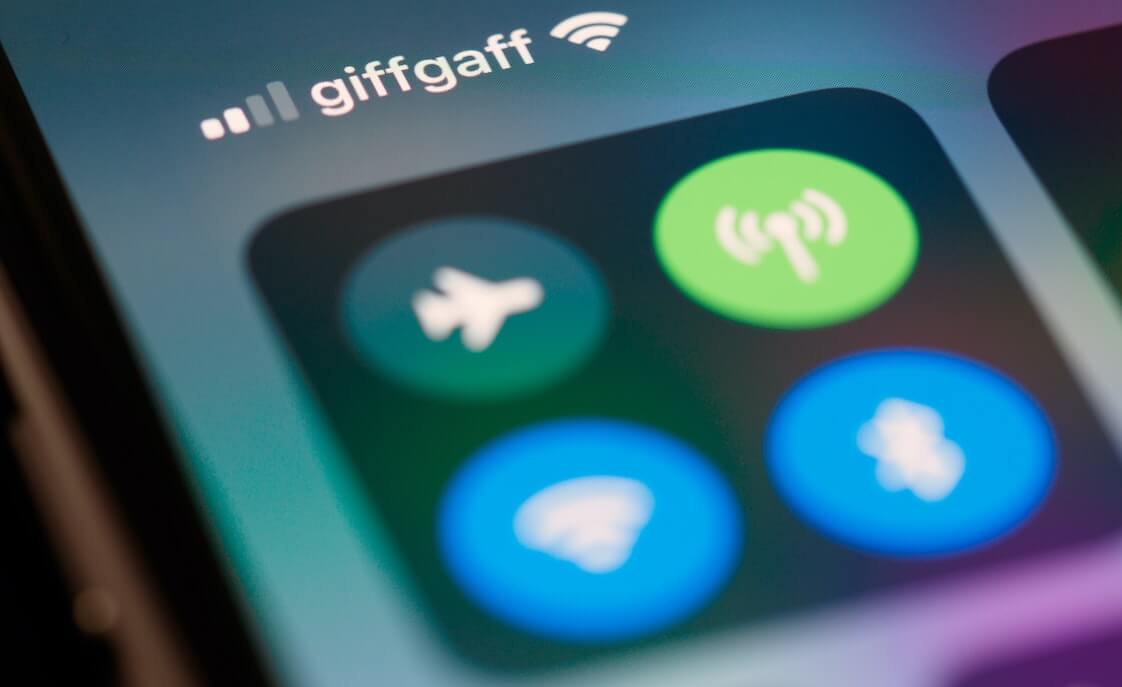
The Ultimate Guide to Connecting to WiFi via QR Code
Créé le 26 Février, 2023 • Learn • 3 minutes a lu
Tired of struggling with long and complicated WiFi passwords?
Are you tired of having to enter long and complex passwords every time you want to connect to a WiFi network? Fear not, my friends, for there's an easier and more efficient way to connect to WiFi: QR codes.
QR codes, or Quick Response codes, are two-dimensional barcodes that store information such as text, URLs, and contact information. They are designed to be scanned by smartphones, making it easy to access information without the need for typing in long web addresses or other information.
Nowadays, many businesses, coffee shops, and restaurants use QR codes to provide easy access to their WiFi networks. These QR codes usually contain all the information you need to connect to the WiFi network, such as the network name, password, and security protocol.
To connect to a WiFi network using a QR code, you need a smartphone with a built-in QR code scanner. Most modern smartphones, including both Android and iOS devices, come with this feature already built in. If your phone doesn't have it, you can easily download a QR code scanner from the app store.
Once you have a QR code scanner on your phone, simply open it up and point your phone's camera at the QR code. Your phone will automatically recognize the code and prompt you to connect to the WiFi network associated with it.
Connecting to a WiFi network using a QR code is incredibly easy and convenient. You no longer have to worry about typing in long and complex passwords, and you can connect to the WiFi network in seconds. This is especially useful when you're in a hurry or when you're in a location where the WiFi password is difficult to read or remember.
But how do QR codes work, and how can you create your own QR code to share your WiFi network with others?
QR codes work by using a pattern of black and white squares to encode information. The squares are arranged in a specific way to form a unique pattern that can be scanned and read by a smartphone. The code can store up to several hundred times more information than a traditional barcode, making it a useful tool for a wide range of applications.
To create your own QR code, you can use a variety of free online tools and apps. Simply enter the information you want to encode, such as your WiFi network name and password, and the tool will generate a unique QR code that you can print or share with others.
If you're planning to use QR codes to share your WiFi network, there are a few things you should keep in mind. First, make sure to use a secure password for your WiFi network. This will help prevent unauthorized access and keep your network secure.
Second, make sure to use a reliable QR code generator. There are many free QR code generators available online, but not all of them are trustworthy. Some may inject malware into your QR code or direct users to malicious websites. Always use a reputable QR code generator to ensure the safety and security of your network.
Finally, make sure to place your QR code in a visible and accessible location. You don't want your guests to have to search for the code or struggle to scan it. Ideally, the QR code should be placed in a location where it's easy to see and scan, such as near the entrance or in the dining area.
In conclusion, QR codes offer a fast, convenient, and secure way to connect to WiFi networks without the need for typing in long passwords. They are easy to create and use, and they can be a valuable tool for businesses, restaurants, and other locations that offer WiFi access to their guests. So the next time you're at a coffee shop or restaurant, keep an eye out for the QR code and connect to the WiFi network like a pro!